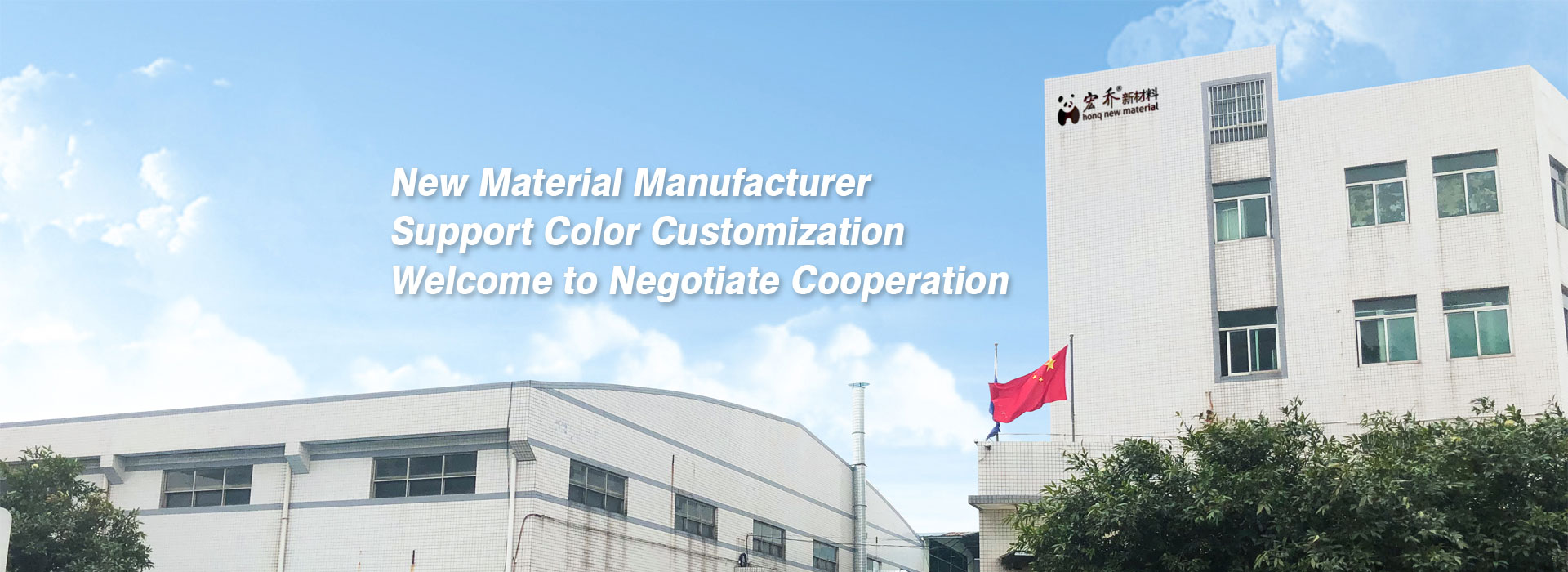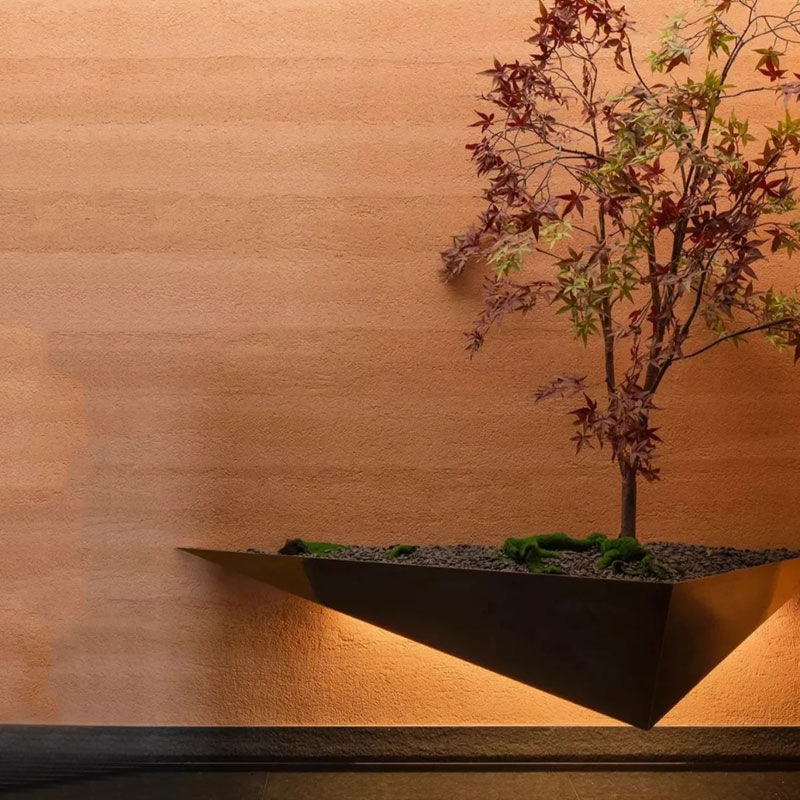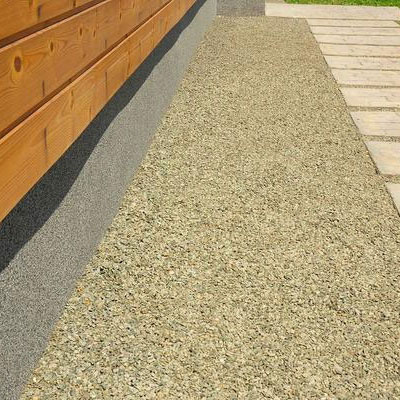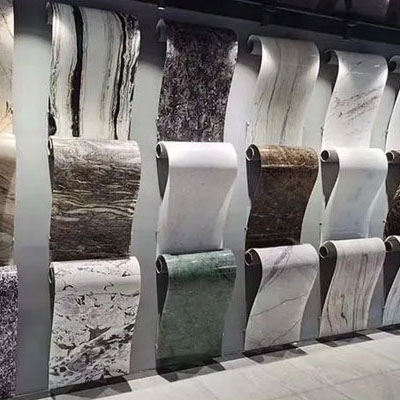How Does Flexible Stone Change the Way We Build and Design?
2025-09-19
In architecture and construction, the choice of material often defines the balance between creativity, durability, and cost-effectiveness. Flexible stone has emerged as a unique solution that challenges traditional perceptions of natural stone. Unlike rigid slabs that are heavy, difficult to install, and expensive to transport, flexible stone combines the beauty of real stone with the adaptability of a lightweight and bendable surface.
Flexible stone is created by extracting a thin veneer of natural stone and backing it with composite materials such as fiberglass, cotton fabric, or resin. This combination maintains the authentic texture and appearance of stone while significantly reducing thickness and weight. The result is a versatile sheet that can be bent, cut, and installed on surfaces where traditional stone would be impractical.
Its applications range widely—interior walls, exterior cladding, furniture surfaces, ceilings, columns, and even curved designs that are difficult to achieve with rigid stone. By reducing material waste and simplifying transportation, flexible stone also provides an eco-friendly alternative to full stone slabs.
To highlight the technical side, here are the product parameters that demonstrate why flexible stone is so adaptable:
| Property | Details |
|---|---|
| Base Material | Natural stone veneer with fiberglass/cotton resin backing |
| Thickness | 1.0 – 3.0 mm |
| Size Options | Standard: 1220 × 610 mm, 2440 × 1220 mm, customizable |
| Weight | Approx. 1.5–2.0 kg per m² |
| Flexibility | Bendable up to 5 cm radius depending on type |
| Surface Finish | Natural stone texture, matte/glossy variations |
| Water Absorption | < 0.5% |
| Fire Resistance | Class A or B, depending on type |
| Applications | Interior/exterior walls, furniture, columns, ceilings, facades |
| Installation Method | Adhesive bonding, simple cutting with shears |
These parameters show how flexible stone combines authentic aesthetics with modern practicality. While maintaining the organic beauty of stone surfaces, it offers construction professionals, architects, and designers greater freedom in execution.
How Is Flexible Stone Applied Across Architectural and Interior Projects?
The true value of flexible stone lies in its adaptability across diverse construction and design projects. By replacing heavy slabs with lightweight sheets, builders reduce installation challenges and accelerate project timelines without compromising on appearance.
1. Interior Walls and Ceilings
Flexible stone is a popular choice for interior wall cladding because it delivers the look of natural stone without structural load. Designers appreciate its ability to fit seamlessly onto flat, curved, or irregular surfaces. For ceilings, its low weight ensures safe installation without the need for heavy reinforcement.
2. Exterior Facades and Cladding
For outdoor applications, flexible stone withstands environmental stress such as UV radiation, rain, and wind. It offers architects the freedom to design modern facades that combine stone elegance with lightweight practicality. Because of its thin profile, it also reduces material costs associated with transport and installation.
3. Furniture and Custom Fixtures
Flexible stone can be laminated onto furniture panels, doors, and custom installations. This application creates unique design elements that integrate natural stone into everyday environments. Tables, cabinets, and reception counters often benefit from its lightweight yet authentic stone surface.
4. Curved and Creative Installations
Traditional stone struggles with curved surfaces, but flexible stone excels. Designers can wrap stone sheets around columns, arches, or sculptural installations, opening new opportunities for artistic expression.
5. Renovation and Retrofitting
Because of its lightweight nature, flexible stone is widely used in renovation projects where existing structures cannot support heavy slabs. Its quick installation process also makes it suitable for commercial spaces requiring fast turnaround.
By covering these applications, flexible stone demonstrates that innovation in materials is not just about appearance but about practical performance and versatility.
How Does Flexible Stone Benefit Sustainability, Efficiency, and Cost Control?
In today’s construction market, sustainability and cost management play as crucial a role as design. Flexible stone offers distinct advantages in these areas, making it increasingly relevant for both large-scale projects and residential applications.
1. Sustainability and Environmental Impact
-
Material Efficiency: Since flexible stone uses only a thin veneer of natural stone, it reduces quarry extraction and minimizes waste.
-
Reduced Transport Emissions: Being lightweight means more square meters can be transported in a single shipment, lowering carbon emissions.
-
Longevity: Its resistance to weather, UV, and moisture ensures longer lifespans, decreasing replacement frequency.
2. Efficiency in Installation
-
Time-Saving: Sheets are easy to cut and install using adhesives, without specialized stone-cutting equipment.
-
Labor Cost Reduction: Because the material is lightweight, fewer workers are needed for handling and positioning.
-
Flexibility: It adapts to irregular or curved surfaces, reducing the need for complex preparation.
3. Cost Control and Practicality
-
Lower Structural Load: Buildings do not require heavy reinforcement to hold stone facades, saving costs in structural engineering.
-
Affordable Alternative: Flexible stone offers the aesthetics of natural stone at a fraction of the price of thick slabs.
-
Versatility Across Budgets: With customizable sizes and finishes, it can be adapted for both luxury and budget projects.
In summary, flexible stone bridges the gap between luxury design and practical efficiency, making it an ideal choice for modern construction challenges.
How Can Businesses and Homeowners Maximize the Use of Flexible Stone?
The growth of flexible stone adoption is driven by its ability to serve both industrial-scale projects and individual home renovations. To make the most of its potential, businesses and homeowners must understand both its advantages and its practical considerations.
Maximizing Benefits
-
Select the Right Finish: For exterior projects, choose weather-resistant finishes, while interior designs may benefit from matte or glossy surfaces.
-
Proper Adhesives: Use high-quality adhesives that match the substrate to ensure long-term bonding.
-
Maintenance Practices: Though durable, flexible stone should be cleaned with non-abrasive solutions to maintain its surface integrity.
-
Creative Applications: Beyond walls and floors, consider unique uses such as furniture cladding, signage, or ceiling highlights.
Limitations to Keep in Mind
-
While flexible stone is strong, it is thinner than slabs and should not be used in heavy load-bearing applications.
-
Proper sealing may be required in areas exposed to high humidity or continuous water contact.
Frequently Asked Questions
Q1: How durable is flexible stone compared to natural stone slabs?
Flexible stone is engineered to retain the authentic look of natural stone while being lighter and thinner. While it cannot match the structural strength of full slabs, it is highly durable for wall cladding, facades, ceilings, and furniture. Its resistance to weather, UV, and moisture makes it a reliable long-term solution.
Q2: Can flexible stone be used in wet areas like bathrooms or kitchens?
Yes, flexible stone can be installed in bathrooms and kitchens, provided it is sealed properly to prevent moisture penetration. Its low water absorption and resistance to mold make it suitable for wet environments, but correct adhesive and sealing practices are essential.
Flexible stone represents a significant advancement in the construction and design industries. By merging the elegance of natural stone with the practicality of lightweight, adaptable sheets, it has redefined what architects, builders, and homeowners can achieve. From interior aesthetics to exterior facades, from furniture design to renovation projects, its versatility ensures widespread adoption across markets.
As global demand grows for materials that are both sustainable and cost-effective, flexible stone positions itself as the material of choice for those who want beauty without compromise. With decades of innovation and reliable production capacity, Honq New delivers premium flexible stone solutions that meet the diverse needs of international clients. To discover how our flexible stone can enhance your next project, we invite you to contact us today and explore customized options designed for your business or home.























































